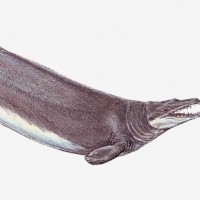Most Dangerous Dinosaurs and Prehistoric Mammals
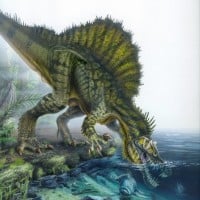 A carnivorous dinosaur that lived in the Cretaceous period, Spinosaurus Aegyptiacus is best known for its elongated neural spines, which formed a sail-like structure on its back. Native to regions of North Africa, it is thought to have been semi-aquatic and primarily fed on fish.
A carnivorous dinosaur that lived in the Cretaceous period, Spinosaurus Aegyptiacus is best known for its elongated neural spines, which formed a sail-like structure on its back. Native to regions of North Africa, it is thought to have been semi-aquatic and primarily fed on fish. Although a Spino is way cooler than a Rex, it would only win a fight in an aquatic area. Against a Rex, that's the only thing it has going for it. (And my username has Spino in it, so that's a thought. ) And also, what about the Sauropods? Are you forgetting that dinos are animals too, and if you put a 50-ton foot on its head it WILL die?
Buddy, T-Rex has a stronger bite, and guess what, Spino has only biggest because of it's dumbass sail. Even though Spino has bigger claws, it wouldn't be useful when you have a opponent with a 6 ton per square inch bite.
It's the largest dinosaur carnivore known to date, that could also swim!
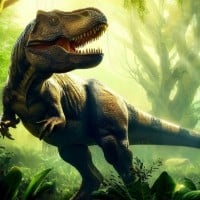 Tyrannosaurus, meaning "tyrant lizard", from the Ancient Greek tyrannos, "tyrant", and sauros, "lizard" is a genus of coelurosaurian theropod dinosaur. It also had a tremendous bite force, the strongest of any Dinosaur and living terrestrial animal. Its bite force reached up to 12,800 pounds (roughly 5805 Kilograms).
Tyrannosaurus, meaning "tyrant lizard", from the Ancient Greek tyrannos, "tyrant", and sauros, "lizard" is a genus of coelurosaurian theropod dinosaur. It also had a tremendous bite force, the strongest of any Dinosaur and living terrestrial animal. Its bite force reached up to 12,800 pounds (roughly 5805 Kilograms). heh. While it MIGHT be a contender for the strongest predator, and it's PROBABLY more powerful than a Spino, it will get demolished by ANY large sauropod. Predators are WEAK! That's how nature works! A lion will get demolished by a hippo! A raptor is weaker than a trike! A rex is weaker than a trike! Pay attention in nature documentaries!
This would have been the most terrifying beast of all time, and has enjoyed the reputation of being woven into folklore and pop culture. Those who say a dragon breathing fire like those from the Talon Saga or popular GOT series would win against a T-Rex would be damn wrong. All Dragons from Western mythology, yes can breathe fire, but have evolved doing so at a great cost-most (with the exception of few large robust wyrms) have an exceptionally weak bite force, even less than that of a gorilla or a Grizzly bear, and only comparable to that of a leopard or a Perentie monitor. Therefore, while some variants can secrete venom, even those that breathe fire cannot break the bones of the opponents they kill. Those who say T-rex was a scavenger due to its puny arm, you are incorrect. It is scientifically shown that T-rex's arms themselves were able to curl an impressive 80 kilograms or even more, despite limitations in their movement, thanks to large muscle attachments. Even more so, their ...more
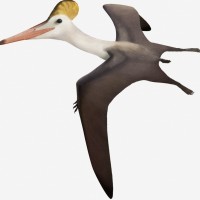
The list will go like this
Top 3
1 pterodactyl
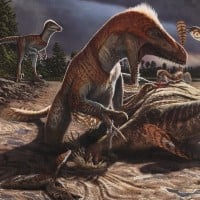 Utahraptor is a genus of theropod dinosaurs. It contains a single species, Utahraptor ostrommaysorum, which is the largest known member of the family Dromaeosauridae.
Utahraptor is a genus of theropod dinosaurs. It contains a single species, Utahraptor ostrommaysorum, which is the largest known member of the family Dromaeosauridae.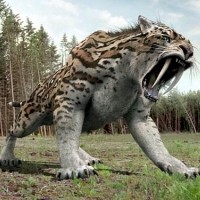
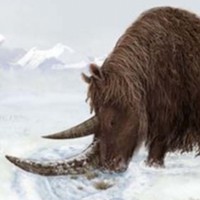
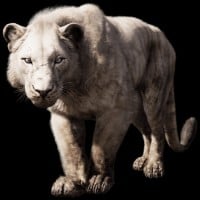 An extinct species of lion that once inhabited Eurasia, the Cave Lion is known from fossil evidence and ancient cave paintings. It was slightly larger than the modern African lion and is believed to have been a top predator in its ecosystem, preying on large mammals like deer and bison.
An extinct species of lion that once inhabited Eurasia, the Cave Lion is known from fossil evidence and ancient cave paintings. It was slightly larger than the modern African lion and is believed to have been a top predator in its ecosystem, preying on large mammals like deer and bison.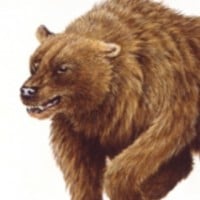
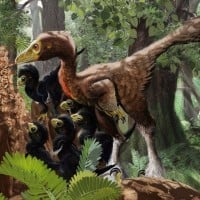 Troodon is a dubious genus of relatively small, bird-like dinosaurs known definitively from the Campanian age of the Cretaceous period. It includes at least one species, Troodon formosus, known from Montana.
Troodon is a dubious genus of relatively small, bird-like dinosaurs known definitively from the Campanian age of the Cretaceous period. It includes at least one species, Troodon formosus, known from Montana.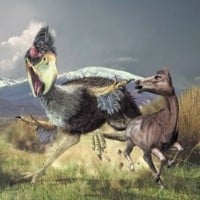
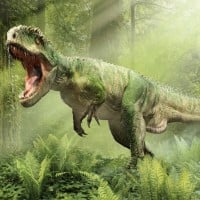 Giganotosaurus is a genus of theropod dinosaur that lived in what is now Argentina, during the early Cenomanian age of the Late Cretaceous period, approximately 99.6 to 97 million years ago.
Giganotosaurus is a genus of theropod dinosaur that lived in what is now Argentina, during the early Cenomanian age of the Late Cretaceous period, approximately 99.6 to 97 million years ago. China, officially the People's Republic of China, is a country in East Asia. It is the world's most populous country, with a population of more than 1.4 billion. China spans five geographical time zones and borders 14 countries, the second most of any country in the world after Russia. Covering an area ...read more.
China, officially the People's Republic of China, is a country in East Asia. It is the world's most populous country, with a population of more than 1.4 billion. China spans five geographical time zones and borders 14 countries, the second most of any country in the world after Russia. Covering an area ...read more.
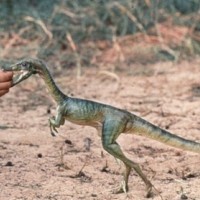 Compsognathus is a genus of small, bipedal, carnivorous theropod dinosaur. Members of its single species Compsognathus longipes could grow to around the size of a turkey.
Compsognathus is a genus of small, bipedal, carnivorous theropod dinosaur. Members of its single species Compsognathus longipes could grow to around the size of a turkey.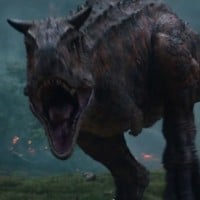 Carnotaurus, meaning "Meat eating Bull" in Ancient Greek, is a genus of abelisauridae theropod dinosaur that lived in what is now South America about 70 million years ago in the Late Cretaceous period.
Carnotaurus, meaning "Meat eating Bull" in Ancient Greek, is a genus of abelisauridae theropod dinosaur that lived in what is now South America about 70 million years ago in the Late Cretaceous period.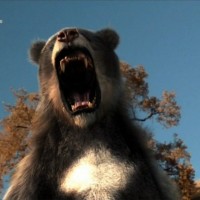
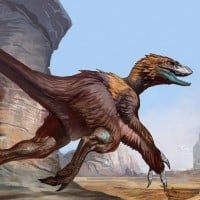 Deinonychus is a genus of carnivorous dromaeosaurid coelurosaurian theropod dinosaur with one described species, Deinonychus antirrhopus. This species, which could grow up to 3.4 metres (11 ft) long, lived during the early Cretaceous Period, about 115–108 million years ago (from the mid-Aptian to ...read more.
Deinonychus is a genus of carnivorous dromaeosaurid coelurosaurian theropod dinosaur with one described species, Deinonychus antirrhopus. This species, which could grow up to 3.4 metres (11 ft) long, lived during the early Cretaceous Period, about 115–108 million years ago (from the mid-Aptian to ...read more.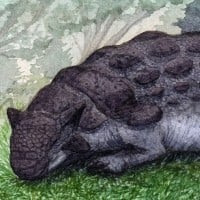 Ankylosaurus is a genus of armored dinosaur. Fossils of Ankylosaurus have been found in geological formations dating to the very end of the Cretaceous Period, between about 68–66 million years ago, in western North America, making it among the last of the non-avian dinosaurs.
Ankylosaurus is a genus of armored dinosaur. Fossils of Ankylosaurus have been found in geological formations dating to the very end of the Cretaceous Period, between about 68–66 million years ago, in western North America, making it among the last of the non-avian dinosaurs.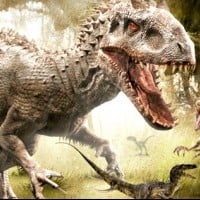 Indominus rex was the latest attraction in Jurassic World. The hybrid was created by combining the genetic traits of multiple species.
Indominus rex was the latest attraction in Jurassic World. The hybrid was created by combining the genetic traits of multiple species. It almost destroyed t.rex they were lucky with blue coming in to help and the mosasaurs ate it so it should 1st.
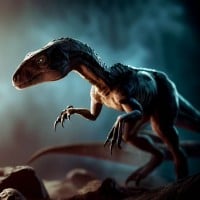 Velociraptor is a genus of dromaeosaurid theropod dinosaur that lived approximately 75 to 71 million years ago during the later part of the Cretaceous Period.
Velociraptor is a genus of dromaeosaurid theropod dinosaur that lived approximately 75 to 71 million years ago during the later part of the Cretaceous Period.